Nopain 50 | Tablet | 10 pcs
৳ 40.00
Brand Name: Nopain Tablet
Generic: Diclofenac Potassium
50 mg
Manufacturer: Drug International Ltd.
Unit Price: ৳ 4.00 (5 x 10: ৳ 200.00)
Strip Price: ৳ 40.00
Indications
Short-term treatment in the following acute conditions:
- Post-traumatic pain, inflammation and swelling,e.g.due to sprains
- Post-operative pain, inflammation and swelling,e.g.following dental or orthopaedic surgery
- Painful and/or inflammatory conditions in gynaecology, e.g. primary dysmenorrhoea or adnexitis
- Migraine attacks
- Painful syndromes of the vertebral column
- Non-articular rheumatism
- As an adjuvant in severe painful inflammatory infections of the ear, nose, or throat, e.g. pharyngotonsillitis, otitis.
Therapeutic Class
Pharmacology
The mechanism of action of Diclofenac Potassium, like that of other NSAIDs, is not completely understood but involves inhibition of cyclooxygenase (COX-1 and COX-2).
Diclofenac is a potent inhibitor of prostaglandin synthesis in vitro. Diclofenac concentrations reached during therapy have produced in vivo effects. Prostaglandins sensitize afferent nerves and potentiate the action of bradykinin in inducing pain in animal models. Prostaglandins are mediators of inflammation. Because diclofenac is an inhibitor of prostaglandin synthesis, its mode of action may be due to a decrease of prostaglandins in peripheral tissues.
Dosage & Administration
Adults: Following an initial loading dose of 50 mg, 25-50 mg is to be taken every eight hours if necessary.
Migraine: An initial loading dose of 50 mg, then if necessary a further 25-50 mg after 2 hours. The maximum daily dose is 150 mg. The tablets should be swallowed whole with liquid, preferably before meals.
Children: Children over 14 years of age: upto 75 mg daily in divided doses.
Interaction
Diclofenac may have the following drug interactions:
- Lithium and Digoxin: Diclofenac may increase plasma concentrations of Lithium and Digoxin.
- Anticoagulant:There are isolated reports of and increased risk of haemorrhage with the combined use of Diclofenac and anticoagulant therapy.
- Cyclosporin: Cases of nephrotoxicity have been reported in patients receiving Cyclosporin and Diclofenac concomitantly.
- Methotrexate: Cases of serious toxicity have been reported when Methotrexate and NSAIDs are given within 24 hours of each other.
- Diuretics: Like other NSAIDs, Diclofenac may inhibit the activity of diuretics.
- Other NSAIDs and steroids; Co-administration of Diclofenac with other systemic NSAIDs and steroids may increase the frequency of unwanted effects.
Contraindications
Side Effects
Pregnancy & Lactation
Storage Conditions
| Generic Name | Diclofenac Potassium |
|---|---|
| Size | 50 mg |
Only logged in customers who have purchased this product may leave a review.




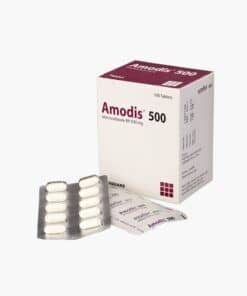

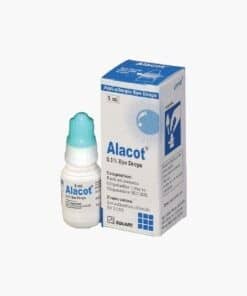
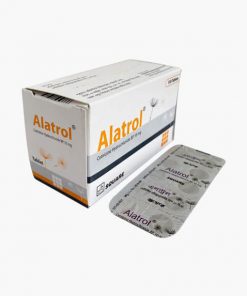
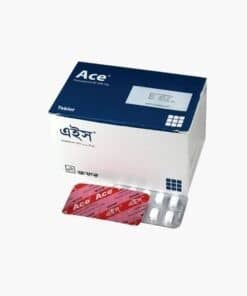

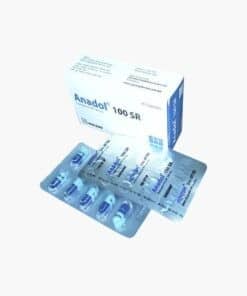
Reviews
There are no reviews yet.